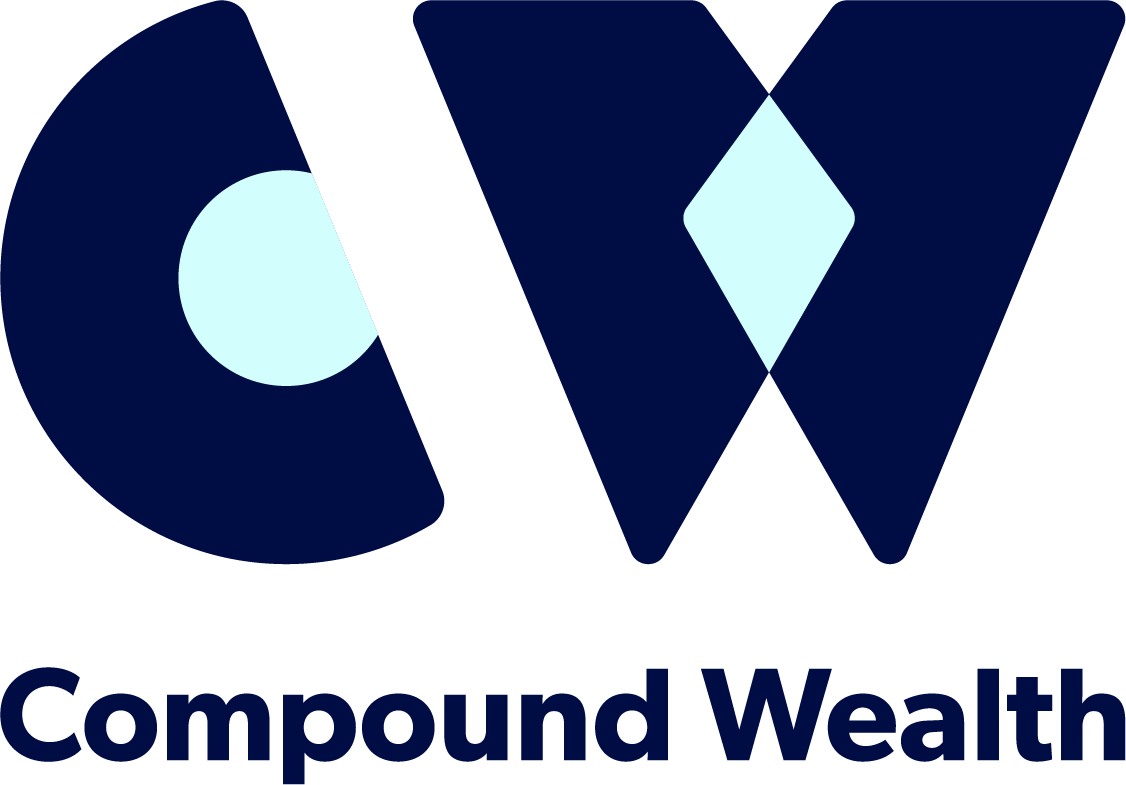Consistent investing is smart investing - Dollar cost averaging
Dollar cost averaging (investing a fixed amount at regular intervals) is perhaps the best way to ensure that you are taking advantage of any dips in the market. For the majority of KiwiSaver investors, you are already employing this strategy as you are contributing an amount towards your KiwiSaver every pay.
Behind the scenes, there is absolute genius in this “boring” investment methodology, and it can only be truly appreciated when markets are volatile, either going down or up in price.
So, what makes this such a powerful approach?
Let’s say that you are regularly contributing $1,000 a month into a savings scheme. When markets go down, that $1,000 per month purchases relatively more shares. When markets go up that $1,000 a month purchases relatively less shares. That’s just obvious. But why would that be a form of genius? Well, think about it. You have just implemented a system that automatically buys more of something when prices are low and less of something when prices are high. That sounds like a good investment plan.
For those readers that are mathematically inclined, let me prove this to you.
The table below is from one of the best investment authors of the past 20 years, Nick Murray. It highlights a market that over 24 months makes 0.00% return. However, over the first 12 months prices go down 30%, and then over the next 12 months prices recover back to where they started. Most investors would look at such a market from start to finish as just treading water. But they’d be mistaken.
To the regular KiwiSaver investor, such a market has been a total success. By employing dollar cost averaging and buying relatively more KiwiSaver units as prices fall and relatively less as prices rise, the regular investor has soundly beaten the market during the dip.
Let’s trace what happens month by month.
Total investment = $24,000
Annual return = 9.05%
The KiwiSaver units started at $20 and finished at $20, so they generated a 0.00% return over 24 months. But the regular investor, who did nothing more than automatically contribute $1,000 a month towards their KiwiSaver, generated a return of 9.05% per year over the two years. The regular investor was able to purchase the greatest monthly quantity of KiwiSaver units at the lowest prices. For example, when prices (represented by the term ‘KiwiSaver share price) had dropped to $14.00, the regular investor purchased 71.43 units. When the price was $20.00 the investor only purchased 50 units. By the time the market recovered, those KiwiSaver units at a price of $14.00 had strongly appreciated in value. In fact, by the end of the period, all the monthly KiwiSaver units purchases were showing a profit, except for the units purchased at $20, which were breaking even.
We can also take a look at look at this graphically, comparing a lump sum investment of $24,000 and a $24,000 invested over two years using dollar cost averaging.
Is my KiwiSaver fund right for me?
If you want to know if your KiwiSaver fund is both being maximised for returns and suitable for your personal situation, follow the link below to our online fact find. The fact find only takes 5 minutes to complete, and once you have finished we will provide you with a free no-obligation KiwiSaver recommendation.
Compound Wealth is a KiwiSaver, Retirement and Private Wealth Financial Advice Firm based in Mount Maunganui, Bay of Plenty.

